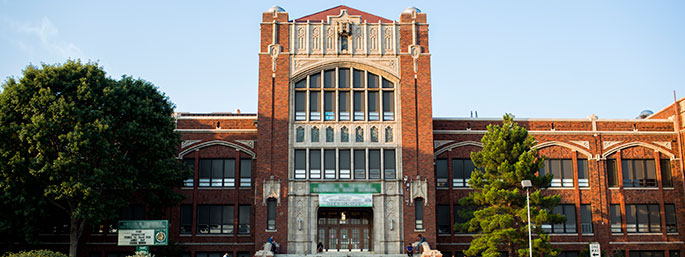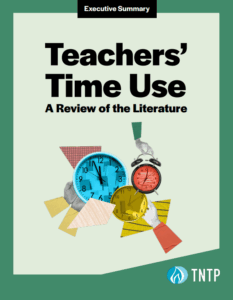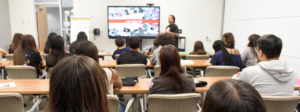Debates about education often start with—and stick to—abstract notions of opportunity and equity. So when economists take a hard look and crunch the numbers on reform, we take notice.
A new paper by Robert Shapiro and Kevin Hassett did just that, and found that improved student outcomes in New York City, driven by education policies pushed by former Mayor Michael Bloomberg, are linked to economic benefits for individuals and communities alike. Better outcomes are associated with increased lifetime earnings for students, and, thanks to an interesting ripple effect, higher property values in their neighborhoods as well.
The authors looked at test scores, public high school graduation rates and the numbers of students enrolling in college. They found that by all three measures, student outcomes improved between 2006 and 2012, when Bloomberg-era reforms such as increased school choice, more rigorous teacher evaluation, higher teacher compensation and per-pupil spending, and new paths to graduation took effect.
Researchers estimated that during that period, a stronger high school graduation rate meant 41,000 more high school seniors earned their diplomas. Those additional graduates will earn an estimated $8.9 billion more over their lifetimes than they would have without diplomas, the paper found.
The NYC study also found that economic benefits associated with better educational outcomes extend to entire neighborhoods, not just individuals. The authors estimated that when graduation rates go up by 1 percent in a particular zip code, local property values go up, boosting citywide property values by as much as $37 billion between 2006 and 2012. Opening a new charter school was associated with an even bigger boost: A single new charter school raised property values in the surrounding neighborhood by about 4 percent the following year.
This isn’t the first time research has linked better schools with such far-ranging outcomes. In 2011, the results of a 20-year longitudinal study of more than 2.5 million students showed that high-quality teaching not only improves students’ test scores in the short term but also has benefits well into adulthood. Even one year with a high-performing teacher boosted students’ lifetime earnings, increased their likelihood of going to college and saving for retirement and decreased their chances of becoming teenaged parents.
It’s not hard to quibble with economic projections, and I expect that critics of Bloomberg’s education policies may do just that. But it is impossible to argue about the importance of earning a high-school diploma. Dropouts earn significantly less than high-school and college graduates: The median annual income for an individual with less than a high-school diploma is just shy of $23,000, below a living wage in New York City. And those without high-school diplomas are more likely to face other challenging situations as adults, including unemployment, divorce, incarceration, single parenthood and using the welfare system. An additional 41,000 high-school graduates is something to celebrate, though to be sure, rates are still far too low.
Clearly, there’s more to be done. And as TNTP President Tim Daly reflected recently, fighting poverty up front—by taking steps like raising the minimum wage—has to go hand-in-hand with improving schools. But this sort of research shines a light on the real-world consequences of better teaching and learning. That impact extends far beyond a single child’s day or year, helping “opportunity” take on a real-world cast, far beyond the abstract notion that inspires this work.








